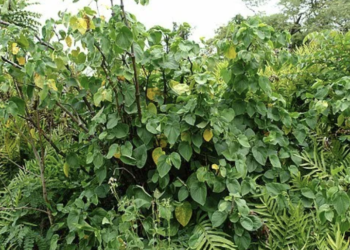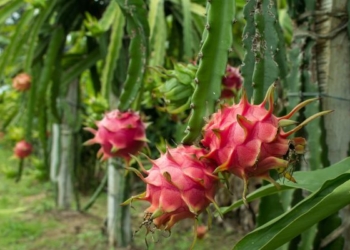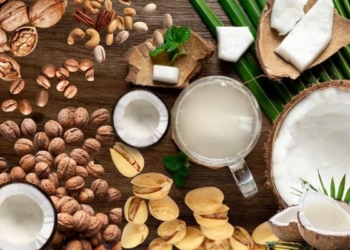The food of Assam has often been misinterpreted as a typically non-vegetarian cuisine, often peppered with the inclusion of insects. Then there are the many dishes that use fermented products for their distinct flavour. The chili on the top is the bhoot jholokia or the ghost pepper – one of the spiciest peppers known to man. While all these are very much part of Assamese food, particularly in tribal communities, they do not form the whole extent of it. Considering that only 20 percent of the population are tribal folks, there’s another 80 percent which sustains itself on a completely different menu.
Like most cuisines, Oxomiya (Assamese) food too is a confluence of many factors such as the fauna and flora of the land, the rivers that flow through it, and the people who have lived on the land for centuries. As it is with local food, Assam food too has a flavour for every season, and there are many varieties of rice that grow on the land. The abundantly available fish makes it a very common food in Assam, while the heavy rainfall gives the land its many vegetables.
And while it may be the land of the ghost pepper, regular Assamese curries are delicately seasoned. The food of Assam has a very nuanced flavour.
With unique dishes and cooking techniques that differ from the mountains to the plains, some have gained more popularity over the others.
Masor Tenga – Most Popular Assam Food
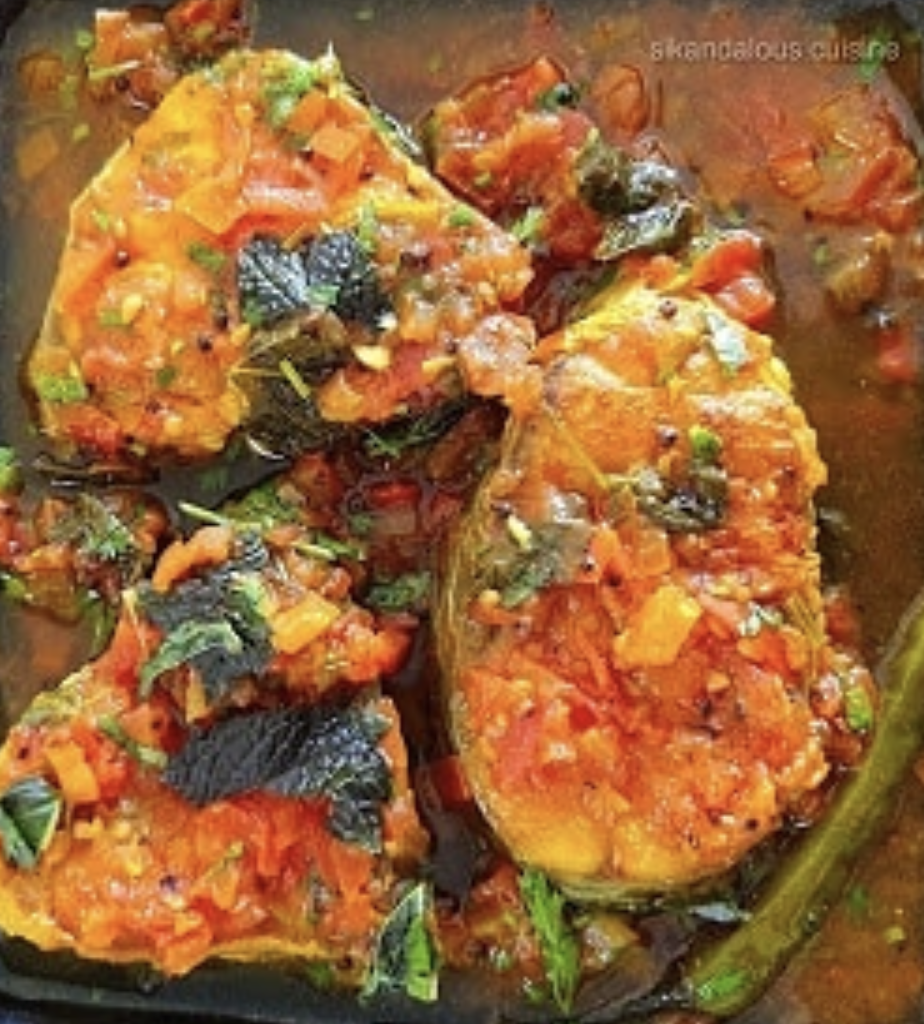
Masor tenga is a popular summer dish in Assam. It is made by slow-cooking fish in a tangy curry of outenga (a type of fruit), lemon and tomatoes. This light dish goes well with rice, offering a refreshingly tangy flavour.
Duck with White Gourd
Assam’s traditional food does use duck as a common choice of meat. White gourd is usually cooked with duck-based recipes since its aroma is said to complement the flavour of the meat. This particular dish has an intense flavour due to the use of whole spices.
Dhekia Xaak
Fiddlehead fern is a vegetable found in the hilly regions of India, and its Assam food name is Dhekia Xaak (pronounced as haak). It is a spring vegetable, and is very popular in the region. It can be cooked with tomatoes or chopped meat, and is also eaten as a simple stir-fry.
Kol-phool
Kol-phool or banana flower (also known as banana heart) is a highly nutritious ingredient that boasts of antioxidants and fibre. It is usually an accompaniment with Assamese meat dishes.
Pani Hamuk
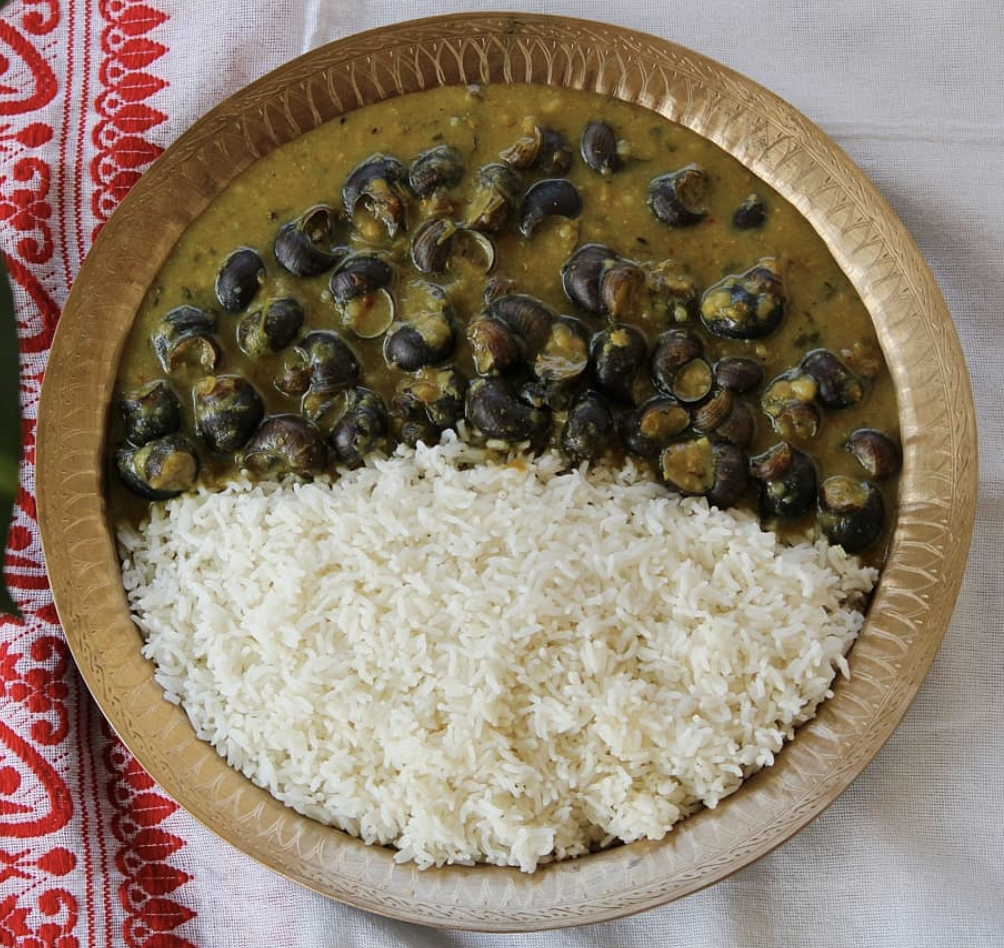
Coming to the insects and unique meats known to be Assam’s famous food, Pani Hamuk or water snails are an exotic dish. These are sourced from flowing rivers and paddy fields, and are often cooked with potatoes, fermented beans, or pumpkin to create a unique flavour. The meat has to be sucked out of the shells.
Leta or Silkworm
Following the water snails come the silkworms, another tribal delicacy that is eaten in some parts of Assam. The silkworm larvae is boiled or stir fried and seasoned with spices, usually green chillies. It has a distinctive crunch on the outside, with a soft semi-liquid inside, which is the insect. However it may sound, it is considered to be a delicious snack in Assam.
Alu Pitika
Alu Pitika is to Assam what mashed potatoes are to the rest of the world. The difference is that these are cooked in mustard oil and seasoned with salt, onion, and coriander. It is usually eaten as a side dish for lunch. Add to it some roasted eggplant, and it becomes Alu-Bengena Pitika, another favourite side dish topped with finely cut green chillies.
Fish in Banana Leaf
Banana leaves are used extensively in India as well as the world as a cooking medium for the subtly sweet taste and aroma that they impart. One such dish is where small river fish are marinated with salt and turmeric, wrapped up in banana leaves, and then steamed. Once cooked, the fish are garnished with condiments like chopped onion, green chilies, and coriander.
Ou Khatta
Ou Khatta gets its name from the fruit of Ou, or elephant apple. A combination of elephant apple and jaggery or sugar simmered over a low heat result in this sweet-and-sour chutney that is eaten as a side condiment in Assam food.
Khorisa
Coming to the fermented foods, perhaps the most ethnic dish is Khorisa. It refers to the young, fermented bamboo shoots which have been stripped off of their outer layers of fibre. The inner core is creamy and white, and this is crushed or grated, and mixed with an Assamese super fruit known as Bor–Thekera. This ingredient greatly increases the nutritional value of the dish. The mixture is tightly packed inside sterilised jars and allowed to ferment naturally for over two weeks.
The fermented pulp is squeezed to drain of excess water, and then re-packed into jars. This can be used for upto a year, or dried to be used as a condiment to make pickles.
Doi-Chira
A sweet mix of being a breakfast food and a speciality made during the festival of Bihu, Doi-Chira is made of moist, flattened rice that is mixed with cream, yogurt and jaggery. It is an important traditional dish found in all parts of Assam, and is said to be influenced by Bangladeshi cuisine.
Komolar Kheer
Komolar Kheer is a classic Assamese dish (this time with Bengali influence) made from orange pulp, sugar, milk, cardamom and dry fruits. The milk is thickened by slow boiling, and the orange pulp and zest is added to it once it cools down. This dish offers a unique twist on the well-known Kheer, and surprisingly, has no rice in it!
Assam food is thus a mix of the old and exotic, topped with regional variations and cooking styles that make travelling through Assam a food odyssey of sorts.

